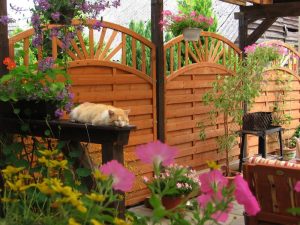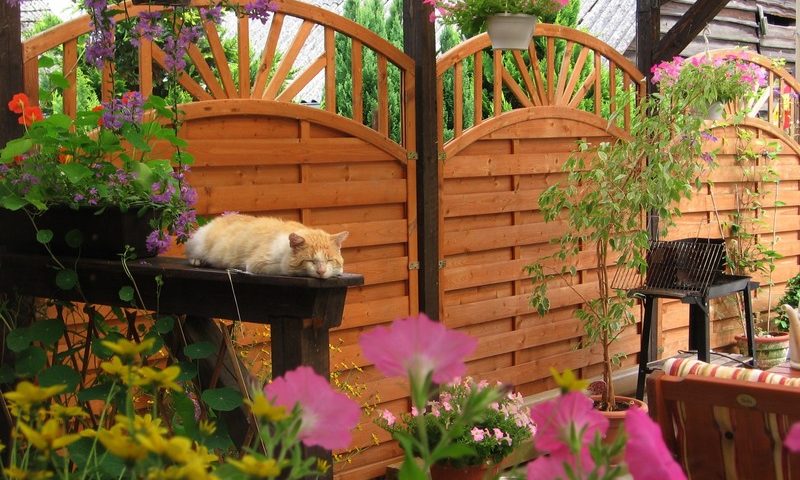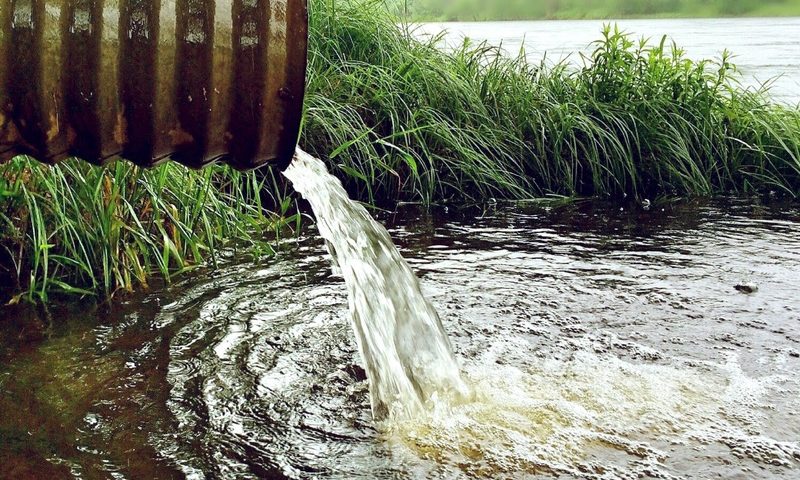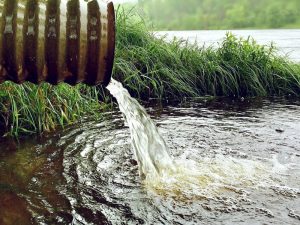
Maximizing Privacy Through Landscaping
The idea of a wide-open space filled with elements you love might seem like the perfect set-up. That is, until you remember that you live close to others and value your privacy. Luckily, you can use a few landscaping tips to have the best of both worlds.
Landscaping Tips to Maximize Privacy
It’s easiest, of course, to achieve this goal if you are just starting on your outdoor space. This means you can plan for privacy by planting a row of trees, for example, or by installing a retaining wall that doubles as a privacy fence.
If you are remodeling, this is an option too. Sit down and talk with your family and with your landscape expert about what you love about your current space and what you’d like to change. Where, exactly, do you need privacy? Is it for the entire yard, or just for a particular area? Do you want to block sightlines into the space, or remove your neighbor’s ability to see into your windows?
Knowing exactly what—and where—privacy is most important to you will help you determine which elements will work best going forward.
Using Trees and Shrubs for Privacy
An obvious way to make your space more private is to install natural elements that impede an outsider’s view or access. This might be a row of shrubs that obstruct a clear view into a window or a line of trees that prevent people from crossing your property line.
You can also use non-living elements to achieve the same goal. Consider building a privacy panel with additional sheets of lattice or a privacy wall that mimics a fence, but shields a seating area from prying eyes.
Keep Your Privacy: The Landscaping Options are Endless
Truth is, creating privacy in your outdoor space can be an endeavor that is just as individual as you are. You can use living elements like trees, bushes, or vine-covered fences. You can build a pergola that you outfit with drapery that can be opened and closed whenever you want. Or, you might build a huge water element that faces into your space and blocks your neighbors’ views. The options truly are endless.
The trick is deciding which elements you love and then incorporating them in a way that brings you just the amount of privacy you want. We’d love to work with you on a project like that, so please reach out if we can offer options or assistance.




